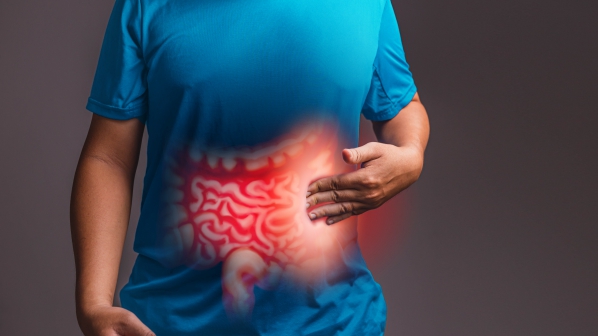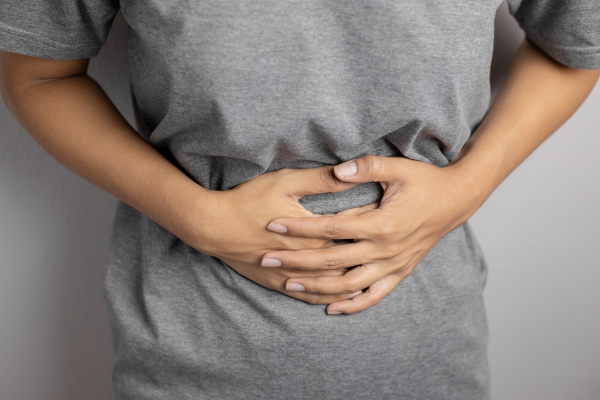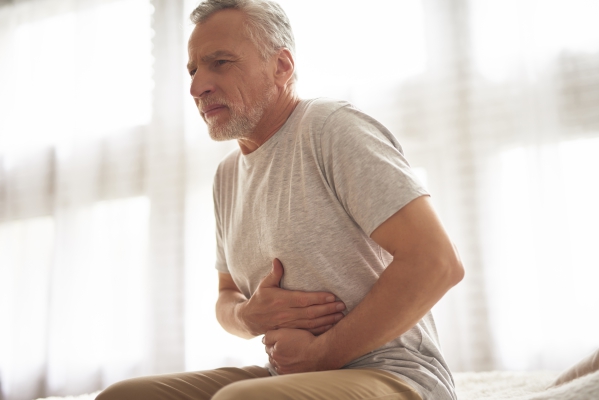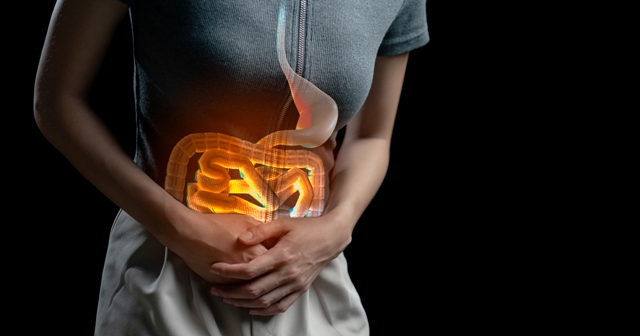Diverticulitis, Diverticulum, Diverticulosis, Gastrointestinal disorders
Description : A diverticulum is an outpouching that forms in the lining of your digestive system, most commonly
Article Details :
What is diverticulitis?
A diverticulum is an outpouching that forms in the lining of your digestive system, most commonly in the colon. The presence of a diverticulum is known as diverticulosis and when it gets inflamed or infected, it is known as diverticulitis.
In the United States, acute diverticulitis is the third most common inpatient gastrointestinal diagnosis. 60% of the cases occurs in people aged above 60 years and it affects men and women equally.
What causes diverticulitis?
A diverticulum forms when the inner layers of the colon push through weak spots found in the outer muscular layer of the colon. These weak spots are often where small arteries penetrate the muscular layer. These outpouchings may get infected or inflamed when there is faeces stuck in it or when there is tearing of the layers due to stretching.
What are the risk factors for diverticulitis?
There are several factors which may increase your risk of developing diverticulitis and these include:
- Smoking
- Obesity
- Physical inactivity
- Ageing
- Low fibre diet
- Diet high in animal fat
- Drugs such as opioids, steroids and Non-Steroidal Anti-Inflammatory Drugs (NSAIDs)
- Having a parent or sibling affected by the disease
What are the signs and symptoms of diverticulitis?
The signs and symptoms of diverticulitis depends on the location of the inflamed diverticulum, severity of the inflammation and presence of complications. The signs and symptoms of diverticulitis include:
- Abdominal pain: the pain is most commonly located in the left side of the abdomen and is crampy in nature.
- Altered bowel habit: it can be in the form of constipation or diarrhoea.
- Nausea and vomiting.
- Fever
- Flatulence
- Bloating
- Absent bowel sounds: if there is perforation of the colon, your doctor may not hear any bowel sounds.
- Blood in stool.
Making a diagnosis
Diverticulitis may mimic many other diseases such as acute gastritis, acute pancreatitis, acute pyelonephritis, appendicitis, biliary disease, constipation, inflammatory bowel disease and larger bowel obstruction amongst others. This is why your doctor will take a detailed history from you to know more about your symptoms. After the history taking, your doctor will perform a thorough physical examination to look for signs of diverticulitis. The history taking and abdominal examination often is sufficient to make the diagnosis of diverticulitis. However when in doubt, your doctor may order some tests to confirm the diagnosis, such as:
- Blood tests: a complete blood count may indicate the presence of infection by showing an elevated white blood cell count. Measurement of serum electrolytes is important in the case of diarrhoea and vomiting. Liver function test may help to exclude other causes of abdominal pain.
- Pregnancy test: it is of utmost importance to rule out pregnancy in any women of childbearing age as certain antibiotics are to be avoided during pregnancy.
- Imaging studies: the best imaging method to confirm the diagnosis of diverticulitis is a computed tomography (CT) scan of the abdomen. CT scan of the abdomen can assess the severity of the disease and detect presence of complications. In addition, it is a much safer method than any imaging study involving contrast material.
- Barium enema: it is usually not the investigation of choice in the case of acute diverticulitis. It should only be considered in mild to moderate cases of diverticulitis when the diagnosis is not certain.
- Abdominal x-ray: this test is mainly to rule out bowel perforation.
- Endoscopy: this test involves inserting a tube with a camera at its end into your anus to directly visualise the inside of your large intestine. It is to be avoided during acute setting of the disease as it can worsen the disease or cause bowel perforation. Once the disease has subsided, then only can colonoscopy be performed to evaluate the severity of the disease and rule out malignancy.
What are the treatments for diverticulitis?
The treatment of diverticulitis depends on whether it is a case of complicated or uncomplicated diverticulitis. Uncomplicated diverticulitis is when there is no complication present while complicated diverticulitis is when there is the presence of complications. The treatment of diverticulitis mainly involves medical and surgical care.
Medical care of diverticulitis
Uncomplicated diverticulitis can be managed outside of hospitals using oral antibiotics once a CT scan has been done to rule out any complications. 70-100% of people will be successfully treated. The antibiotics used on an outpatient basis include ciprofloxacin, metronidazole and amoxicillin/clavulanic acid. Your doctor will advise you to stick to a liquid only diet for the first few days. Then, as your symptoms resolves, you can gradually advance the Read more






